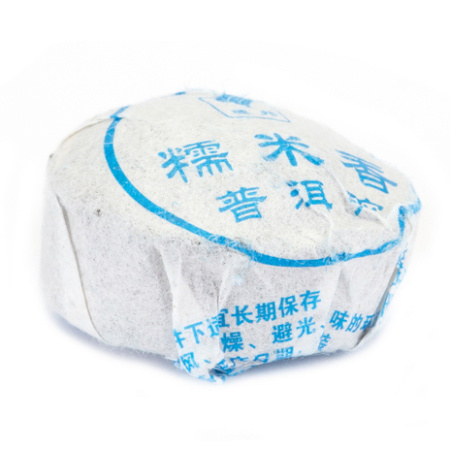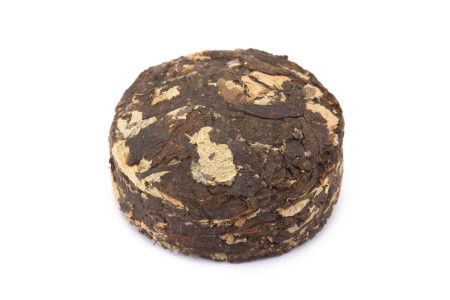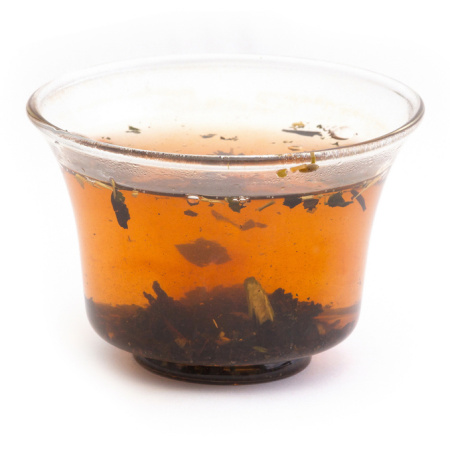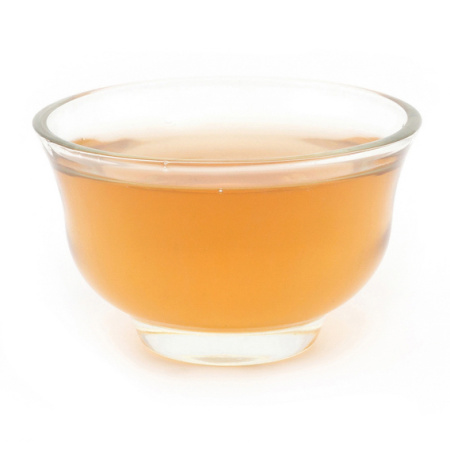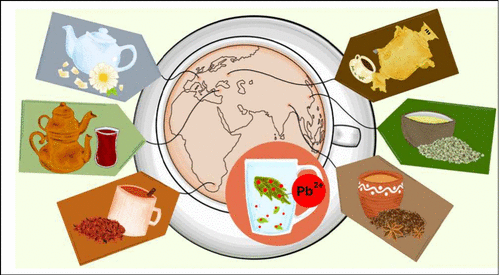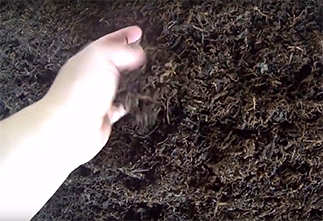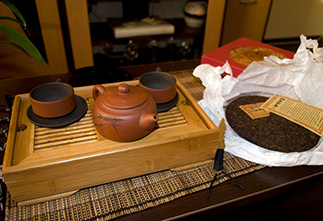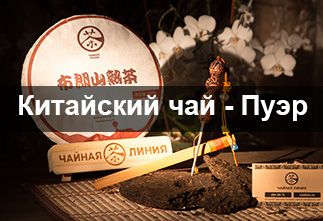-
0 Saturation
-
0 Aftertaste
-
0 Aroma
-
0 Effect
-
0 Balance
-
0 Body
糯米香叶子 nuòmǐxiāng yèzi номисян ецзы
Nomi grass leaves (糯米香叶子, nuòmǐxiāngyèzi, НомиСянЕци) are added to pu'er by mixing Nomi leaves and stems with tea leaves in a certain proportion.
When dried, mini tochis have an unusual, powerful and penetrating aroma, with a bright trail of nomi grass, woody notes with nuances of autumn foliage, which intensify after washing.
The brewed tea's flavor is rich, complex, and distinctive. The taste features pronounced Nomi notes interspersed with hints of wet autumn leaves and tree bark.
The infusion leaves a rich aftertaste with hints of Nomi, medicinal herbs and wood.
This pu-erh tea should be brewed in a gaiwan. If you use a Yixing clay teapot, the aroma of the nomi herb will be retained for some time. To brew, use 1 mini tochu per 100 ml of boiling water.
Nomi herb has a hematopoietic effect, "fills the void" (traditional Chinese medicine), suppresses sweating, and has a beneficial effect on the spleen. Suitable for women, young children, and the elderly.
Mini Tochi Shu Pu'er "Nomisyan" has a warming effect, is a good tonic and helps wake you up, and by the end of the tea party, it will give you strength and energy.
|
Name in Chinese
|
糯米香叶子 |
|
Pinyin
|
nuòmǐxiāng yèzi |
|
English name
|
Nomisyan Yezi |
|
Translation
|
nomisyan etsy |
|
Country
|
China |
|
Provinces
|
Yunnan (云南) |
|
Manufacturer
|
Гу И (古驿) |
|
Pressing form
|
Xiaotuo Cha (Small Tuo Tea) |
|
Declared weight, g
|
6 |
|
Size
|
2x2x1 |
|
Length, cm
|
2 |
|
Width, cm
|
2 |
- Reviews
- Vkontakte
The question often arises: how to brew puerh correctly? Sometimes the phrase "to get high" is added to it. Moreover, everyone has their own understanding of this phrase. Some mean vigor, and some - intoxication. So how to brew puerh tea correctly? Let's consider several options.
Traveling through the tea mountains, we found ourselves in another land of blue roofs - the village of Zhongcai, which is located in the Menghai district of Yunnan province. According to tradition, we were shown another local tea tree, which, according to the Chinese, is at least a million years old :) The village is very authentic, not designed for tourists, there are many wild pu-erhs there and, of course, we were warmly received. They treated us to local cuisine and tea. We also asked the residents about the prices of tea and how they have changed in recent years.
The tea ceremony occupies a special place in the centuries-old Eastern tradition. And although the essence of this phenomenon remains constant, the nature and external manifestations of the tea ceremony in different nations have their own national characteristics. In each Chinese province, the tea ceremony and the tea used in it are varied: for example, residents of the southern provinces prefer green tea, and residents of the northern provinces - red tea, in Fujian province they more often use Oolong tea, and in Yunnan province Puer tea is widely known.





